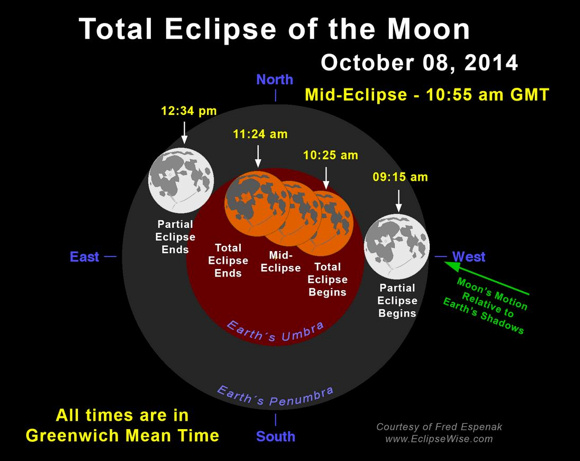Reposted from the Astronomical Society of Kansas City‘s Powell Observatory web page:
Powell Observatory will be open to the public for viewing of Comet Lovejoy from 7:00 PM to 10:00 PM, Friday, January 23rd, 2015. Naked eye, binocular and telescopic views, including the 30″ Ruisinger telescope, of Comet Lovejoy will be the main target of the evening’s viewing, but other astronomical objects will be presented as well. The observatory classroom and bathrooms are heated, but the Ruisinger observatory dome is unheated and all additional telescope and binocular observing will be done outside. It is highly recommended that visitors wear appropriate cold weather clothing.
 There are no food or beverage concessions available at the observatory, but visitors may bring their own non-alcoholic beverages and snacks if desired. You can print a map to the observatory clicking here. Visitors with questions about the weather or the evening’s activities should call the observatory at after 6:30 PM on the 23rd.
There are no food or beverage concessions available at the observatory, but visitors may bring their own non-alcoholic beverages and snacks if desired. You can print a map to the observatory clicking here. Visitors with questions about the weather or the evening’s activities should call the observatory at after 6:30 PM on the 23rd.
The ASKC is a non-profit organization. We ask for a suggested donation of $6.00 per adult and $4.00 per child under 12. All donations are used to support and maintain the observatory and the ASKC thanks you for your patronage.
More information on Comet Lovejoy, how to view and how to find it may be found at the following website:
http://www.skyandtelescope.com/astronomy-news/observing-news/spot-comet-lovejoy-tonight-122920141/






